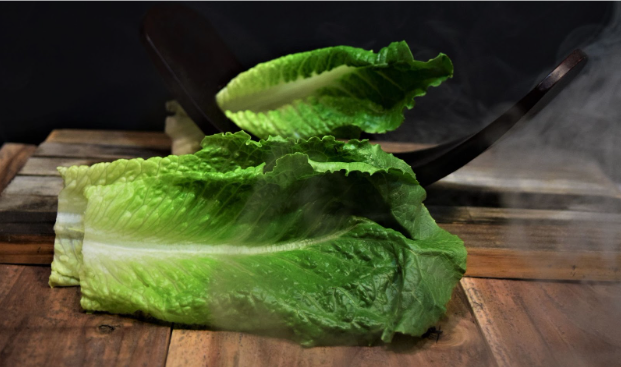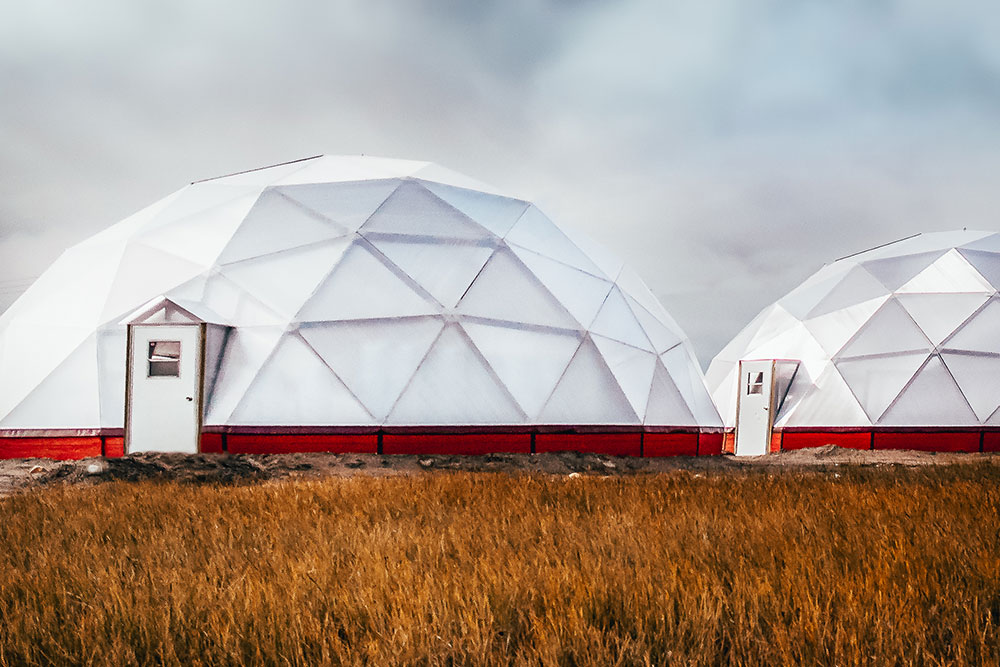

Lose a few pounds. Lettuce.
Reduce your carbon footprint. Lettuce.
Maintain a healthy diet. Lettuce.
So often when considering healthy food and proper nutrition, lettuce is treated like the ‘end all be all’. Ray Solotki, Executive Director of Green Iglu, has a few things to say about this unbridled dedication to lettuce.
Ray grew up on a small-scale farm on Vancouver Island. Her family canned their fruits and vegetables, fished and hunted. Having an upbringing that was heavily ingrained with food, along with travelling and seeing how the world experiences food, inspired Ray to develop a special passion for local food. In the seven years Ray spent living within Indigenous communities in Inuvik, Northwestern Territories, she dedicated her time and services to creating more accessible channels to fresh produce.
In her interview with Ivan Emke, host of Fit to Eat, Ray expresses her displeasure with the dependency that is so often placed on lettuce.
“[Someone] came up to me and said ‘I have the solution for food insecurity in the north. It’s a box that produces 40,000 heads of lettuce.’ I said ‘And what?’ He said ‘I don’t think you understand the volume.’ I said, ‘I don’t think you understand that I would literally die if all I ate was lettuce… How does lettuce help Indigenous communities in the North who live on stew and chowder and stuff that goes with caribou steak and ribs?... There are 40,000 people in the entire Northwest Territories, 9,000 people in the Beaufort Delta, so each of us needs to eat 4 heads of lettuce a month. That doesn’t make sense,” said Ray.
Lettuce requires a large amount of water to be produced. In addition, it is not a vegetable that has a long shelf life. This is important when considering that produce in Northern Canada needs to undergo an especially long trip. Northern communities have often been scrutinised for having very small or no consumption of fruits and vegetables. The problem with this thinking is that it does not consider that many Northern communities simply don’t have access to good, fresh produce.
"[Produce suppliers of Northern Canada, specifically Sachs Harbour] bring in the hardiest vegetables to be able to make it to the truck to Inuvik and then the flight to Sachs Harbour. They have potatoes, onions, broccoli, cauliflower, and carrots. The broccoli and the cauliflower are the same hues of greyish brown. The carrots are fuzzy. The potatoes are mushy,” said Ray.
Within Northern communities, many individuals have very long commutes to make to get to said grocery stores. As a result, those commutes are often done infrequently. This means that those already less than perfect fruits and vegetables undergo a secondary extended period of time that puts even more pressure on them. Think about how long you have let your produce sit in the fridge before throwing it out? Not long.
Ray then goes on to give listeners a challenge, “Go to your grocery store if you live in a city and go and look at the beautiful vegetables. Then go and look at the option of having the off bin or the frozen bin or the canned bin. Now, do you eat vegetables in that case?... And so what is appealing and what is the same price or cheaper? It’s the ready-made pizza and the ready-made lasagna… So yeah, people don’t eat vegetables because it’s not available to them."
The cost of moving food into remote communities has gone up from an already considerable $200 to $1,000 since the pandemic has begun. In addition, the general rule of thumb is that the cost of food for most things is about 1.5 times (or more) higher in remote communities. That means that If you buy something for $10 in the city, then it’ll be $25, $30 in the community. The need to grow produce in Northern Canada has become an overdue necessity since the rise of inflation worldwide.
“When you grow it yourself you would see kids, even adults, pulling peas out of the vine and stuffing them in their face before making it out of the greenhouse,” said Ray. She continued, “I have chickens. I expected my customers to be people from the south who grew up near farms. 90% of my customers are local Indigenous people… People from here are resilient. The reason they lasted so long is because their food patterns changed and because they want what’s fresh and what’s good.”
When asked what vegetables to grow in Northern Canada, Ray recommends heavy ingredients, like potatoes, as they are more expensive to procure. In addition, she credits the process of digging into soil for providing education, food security and mental health support. Many critics argue that you can’t grow produce in Northern Canada because the environment does not allow it. However, Ray points out that while the environment might be difficult, it also has an abundance of light. As a result, during the growing seasons, produce does incredibly well.
The first mistake that Green Iglu made when beginning the process of making greenhouses, Ray said, was making greenhouses that didn’t amplify the sunlight, or extend the ability to retain heat. At Green Iglu, greenhouses are adapted to what the community requires. That means working to maximise the interior, improving outdoor gardens, creating cold frames and chicken coops or simply not making greenhouses at all, rather looking for alternatives to help support communities.
To learn more about what is possible in your community (beyond lettuce!), contact us through the form below. We look forward to speaking with you!
To listen to Raygan Solotki’s full interview on Fit to Eat:
https://soundcloud.com/user-73996591/fit-to-eat-s2e38-ray-solotki-part-1








